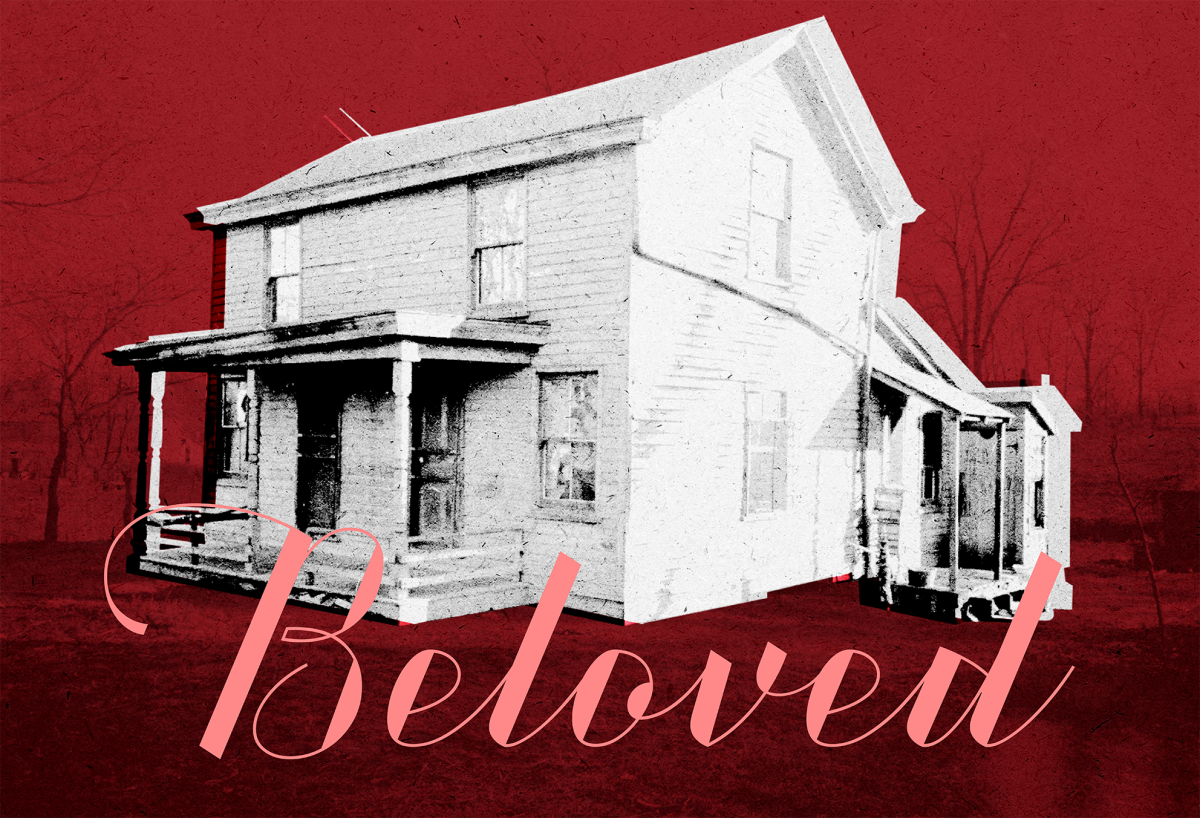The shadow slavery casts lingers beyond mental, physical and emotional freedom. The struggle to escape this past is consistently present throughout this novel.
Toni Morrison’s Pulitzer Prize winning novel, “Beloved,” took inspiration from a true story about a Black woman, Margaret Garner, who shares her struggles escaping a plantation in Kentucky with her husband.
The story uses non-chronological events, going back and forth in its timeline. Morrison uses this to spread continuity through past and present events similar to a “flashback.”
In the novel, our protagonist, Sethe, shares her own struggles not only as a slave, but as a mother.
As she survives in a place called Sweet Home, the plantation Sethe escapes from in Kentucky, she finds a woman named Amy who helps her on her journey to run away from enslavement.
This “home,” ironically named, as nothing is sweet or home-like in a place filled with memories of forced labor by an inhumane master known as “Schoolteacher.” As Sethe leaves such a morbid place with her daughter, Denver, she finds a new home to set up her newfound life.
However, Morrison begins to tell us more about Sethe’s past that is later revealed. Sethe isn’t just a mother of one, but two. Her other child, although not explicitly named in the novel, is speculated to be named “Beloved.”
Sethe had dealt with the loss of her own child, “Beloved,” an extension of herself, which would soon haunt her.
After she escapes Sweet Home, Sethe finds herself in a home on 124 Bluestone Road. Little does she know, this home is haunted by the presence of “Beloved,” tormenting her for her past.
Sethe now has to find a way of living in a home with more emotional distress than she could have ever imagined. As she toggles between being a mother and dealing with her trauma from Sweet Home, Sethe continually attempts to avoid the past. Trying to escape from one place of suffering, she finds herself living in a place of more agony with her past left surrounding her.
Although a challenging read, understanding the historical context allows the reader to better understand Morrison’s perspective. With her stimulating writing, there is no surprise to every intricate line she has placed in this book and the meaning behind it.
Morrison writes about vulnerable history that is personable to her in order to educate readers about her community’s experiences. This read is for anyone willing to expose themselves to the psychological effects slavery has instilled and engraved within society.





























































































































































Patti Scheibel • Oct 4, 2024 at 10:35 pm
She has more than two children.